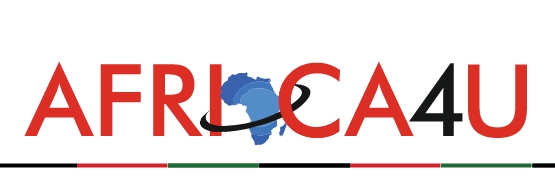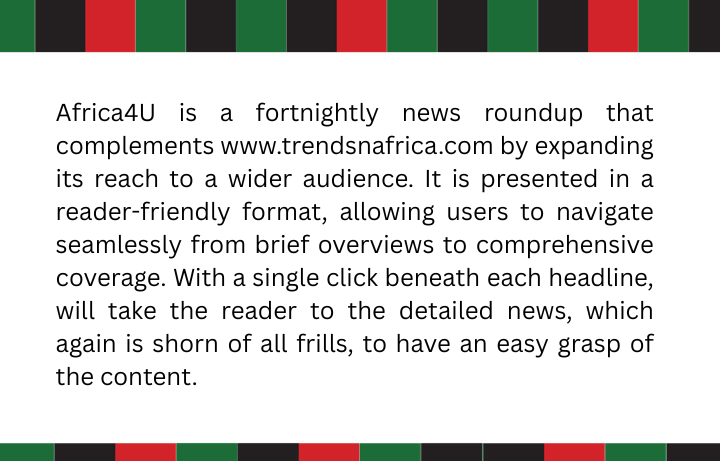(3 Minutes read)
Botswana will introduce ultra-premium unleaded petrol (ULP98) at the start of next year as part of efforts to phase out the lower-grade 93 petrol, the Botswana Energy Regulatory Authority (BERA) has announced. ULP98, regarded as a premium fuel, will replace the current 93 grade, which will be withdrawn from the market on February 1, 2025, due to persistent supply challenges.
In addition to the introduction of ULP98 petrol, Rankokwane revealed that BERA is exploring the introduction of 10 ppm diesel, a cleaner fuel option. Currently, Botswana offers only 50 ppm diesel, following the phase-out of 500 ppm diesel in December 2020. As Botswana transitions to these new fuel grades, BERA will begin discussions with stakeholders regarding the reintroduction of other fuel types.
It’s a process because one first needs to engage importers to assess their capability to source the product, explained BERA Chief Operations Officer, Batsumi Rankokwane. Another key consideration is consulting with refiners to determine their capacity to produce the new fuels and the quantities they can supply. This consultation aims to avoid situations where newly introduced products could become unavailable due to supply issues.
During this transition, BERA is actively engaging vehicle dealers and government entities, including the Central Transport Organisation (CTO) and local councils. These consultations will help align procurement processes with BERA’s strategies and ensure a seamless transition.
Read Also:
https://trendsnafrica.com/botswana-develops-national-afcfta-strategies/
BERA has engaged them on the discontinuation of 93-grade petrol, and they should now prepare for the transition period through the end of January next year, added Rankokwane. BERA’s pricing analysis reveals that nearly 100% of the region’s petroleum products are currently sourced from Singapore. This represents a shift from the previous framework, in which about 50% of the supply originated from the Arab Gulf (particularly Kuwait) and Mediterranean regions, such as Italy.





